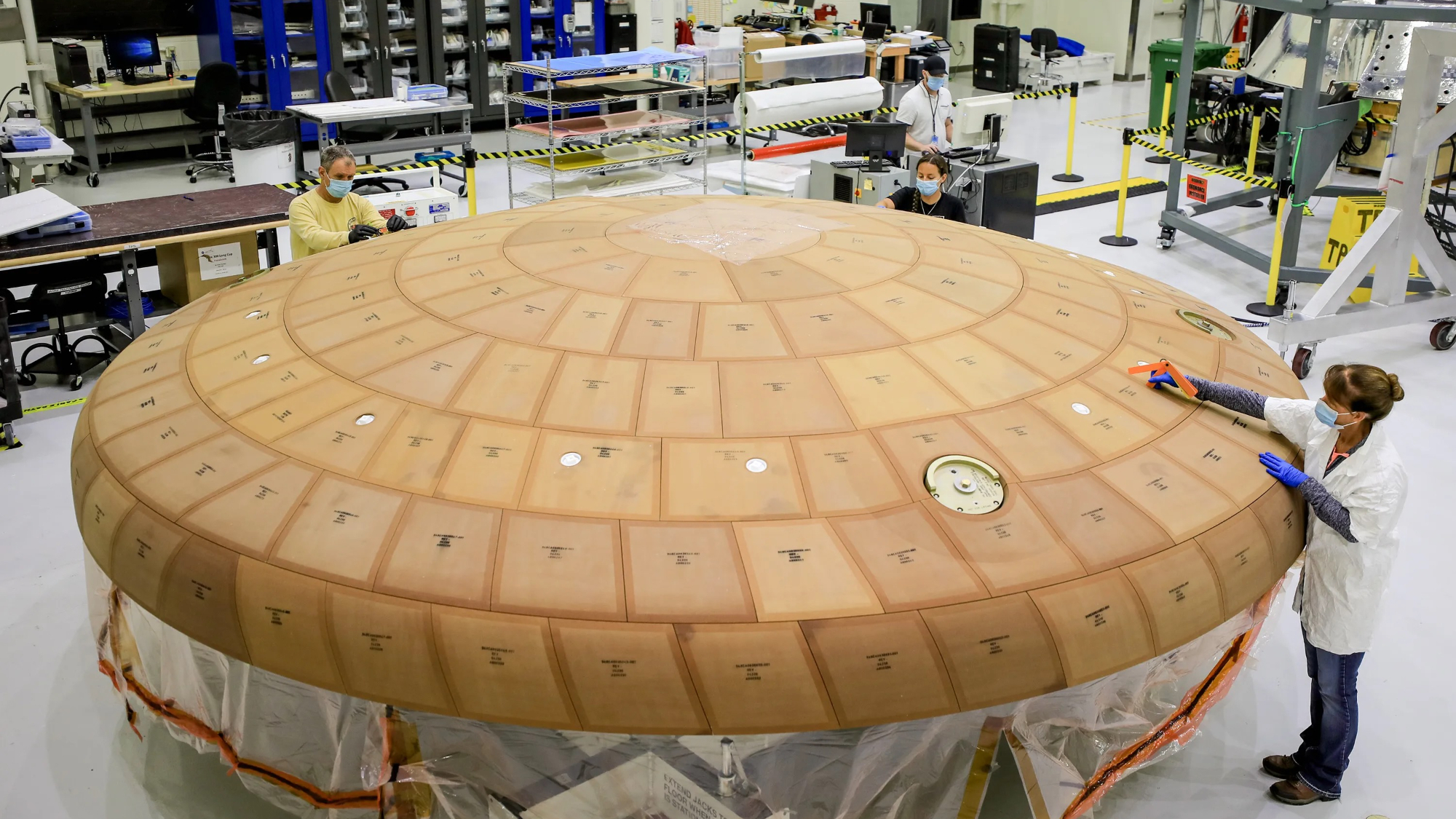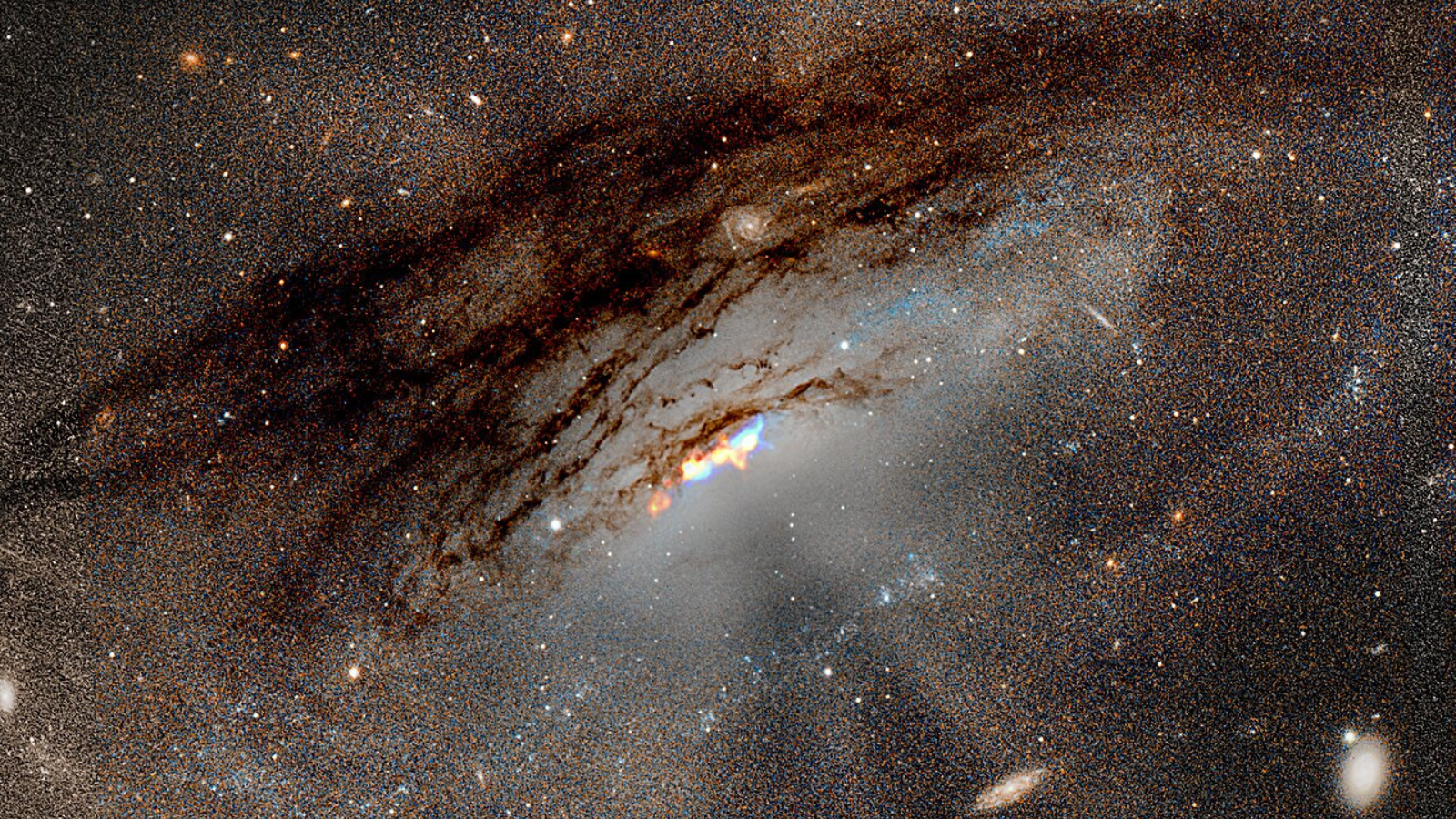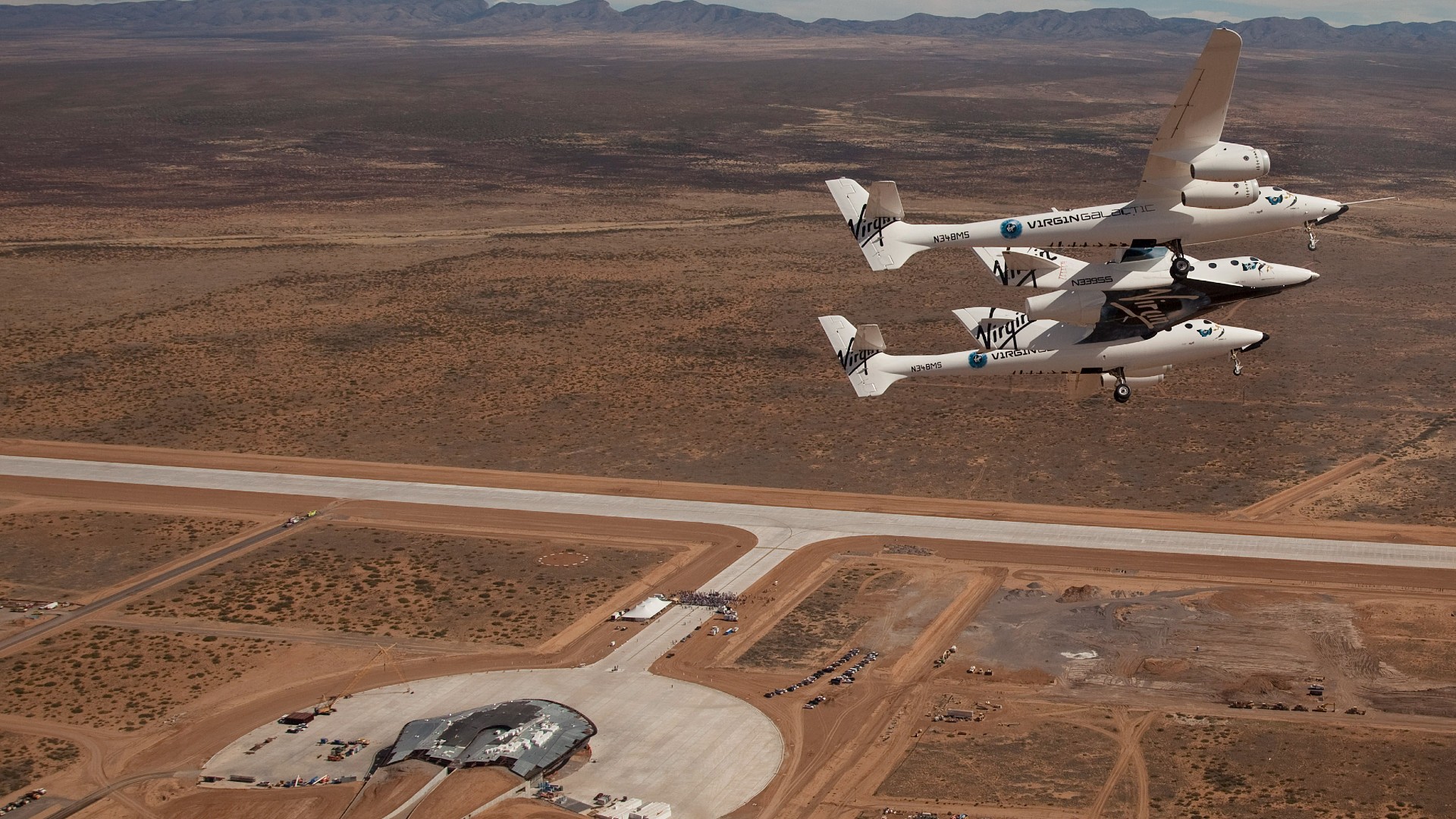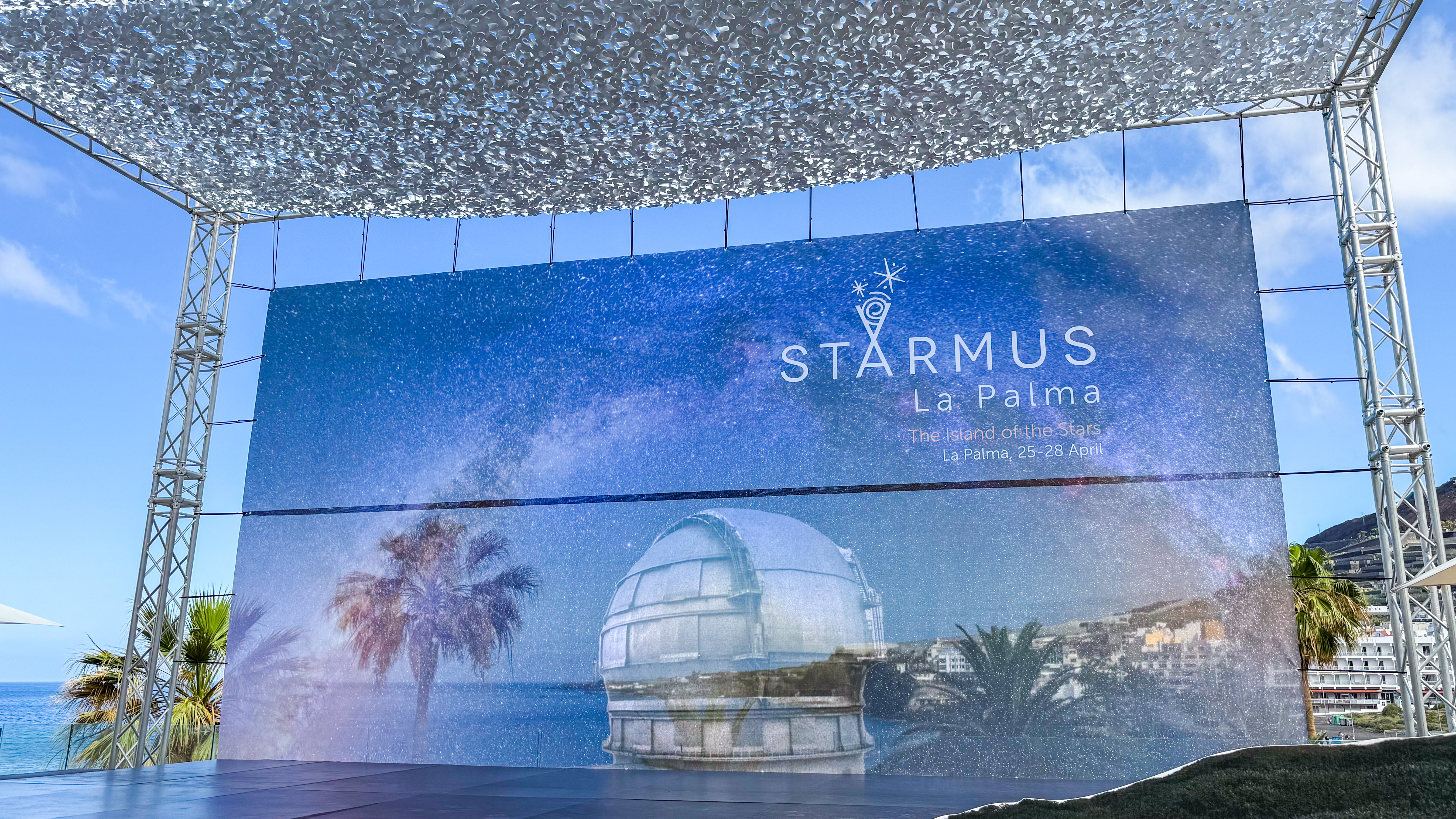Space Station to Make Flyover on Yosemite's Birthday
ForYosemite National Park's 120th birthday, a surprise guest is making anappearance ? 200 miles (322 km) above Earth.
Earlybirds to the park will be able to spot the International Space Station at5:03 a.m. PST (8:03 EST) on Friday, Oct. 1, the anniversary of the park'screation.
Thespace station is often visible in the night sky from wherever you live, and isbright enough to be spotted even from urban areas. [Howto Spot Satellites and the Space Station]
Andso, of course, Yosemite isn't the only park that the ISS will fly over, andbecause the space station is more spectacular away from skyline clutter andlight pollution, NASA and the National Park Service have released a list thattells national park visitors when to crane their necks skyward to catch a peek at the ISS.
"Thespace station is an international treasure, the size of a football field, andan inspiring sight in its own right flying through the sky at 5 miles persecond," said Mike Suffredini, International Space Station programmanager. "But I can't imagine a better way to share the experience withfamily and friends than during a trip to one of our national parks, where thestars seem to shine brighter whether they're natural or man-made."
Thespace station appears as a bright light moving steadily across the sky ? notunlike the nighttime appearance of commercial airplane a few miles out fromlanding. Details of the orbiting outpost are not visible to the naked eye.
Sightingpredictions are available on NASA's SkyWatch website, via the agency's newmobile website, and NASA iPhone and iPad applications.
Get the Space.com Newsletter
Breaking space news, the latest updates on rocket launches, skywatching events and more!
Sightingsdepend on lighting, weather conditions and the station's location as it orbitsabove Earth at 17,500 mph (28,200 kph). With the help of the Park Service, NASArecently imported the coordinates of 507 locations, including nationalparks and seashores, historic sites, monuments, and wild and scenic rivers into the website that people can use to see sighting information for areas near them. Visitors to the NASA site, http://spaceflight.nasa.gov/realdata/sightings/, can even subscribe to RSS feeds for their state and national parks near them, said NASA spokesperson Stephanie Schierholz.
Thestation's Mission Control Center at NASA's Johnson Space Center in Houston usesthese locations and the orbital path of the space station to predict times whenpeople can see the station zoom across the sky.
Parkrangers who present night sky programs and park event calendars also will havethe information available for park visitors.
"It'sa good idea to check the sighting opportunities ahead of time," said ChadMoore, director of the National Park Service night sky program. "Manyremote national parks, which offer the best night sky conditions, have limited internetor cell phone coverage."
Thespace station usually appears over the western horizon and disappears over theeastern horizon in a matter of minutes. The best time to observe the station isnear dawn or dusk, when the viewer is in near-darkness, and the passing stationcontinues to reflect light from the rising or setting sun.
- AllYours: 10 Least Visited National Parks
- Telescopes Up! A Guide to the Night Sky's NewStargazing Season
- Image Gallery: Spotting Spaceships from Earth
Thisarticle was provided by OurAmazingPlanet,a sister site to SPACE.com.
Join our Space Forums to keep talking space on the latest missions, night sky and more! And if you have a news tip, correction or comment, let us know at: community@space.com.
For the science geek in everyone, Live Science breaks down the stories behind the most interesting news and photos on the Internet, while also digging up fascinating discoveries that hit on a broad range of fields, from dinosaurs and archaeology to wacky physics and astronomy to health and human behavior. If you want to learn something interesting every day, Live Science is the place for you.









